UX Research
Work-life balance
Project
UX Design
UX Research
My role
UX Researcher
Methodology
User-centered design (UCD)
Tools & software
Tools
User grid
Affinity map
Personas
Value proposition canvas
Software
Mural
Google tools

Great design lives inside your
users’ heads.
Work-life balance
Work-life balance is defined by the time spent on both aspects. In a competitive work market environment, people experience increased responsibilities and expectations that translate into stress.
The research objective is to discover what activities users engage in and their motivations for creating work-life balance and as well as the use of technology or devices to perform these activities.
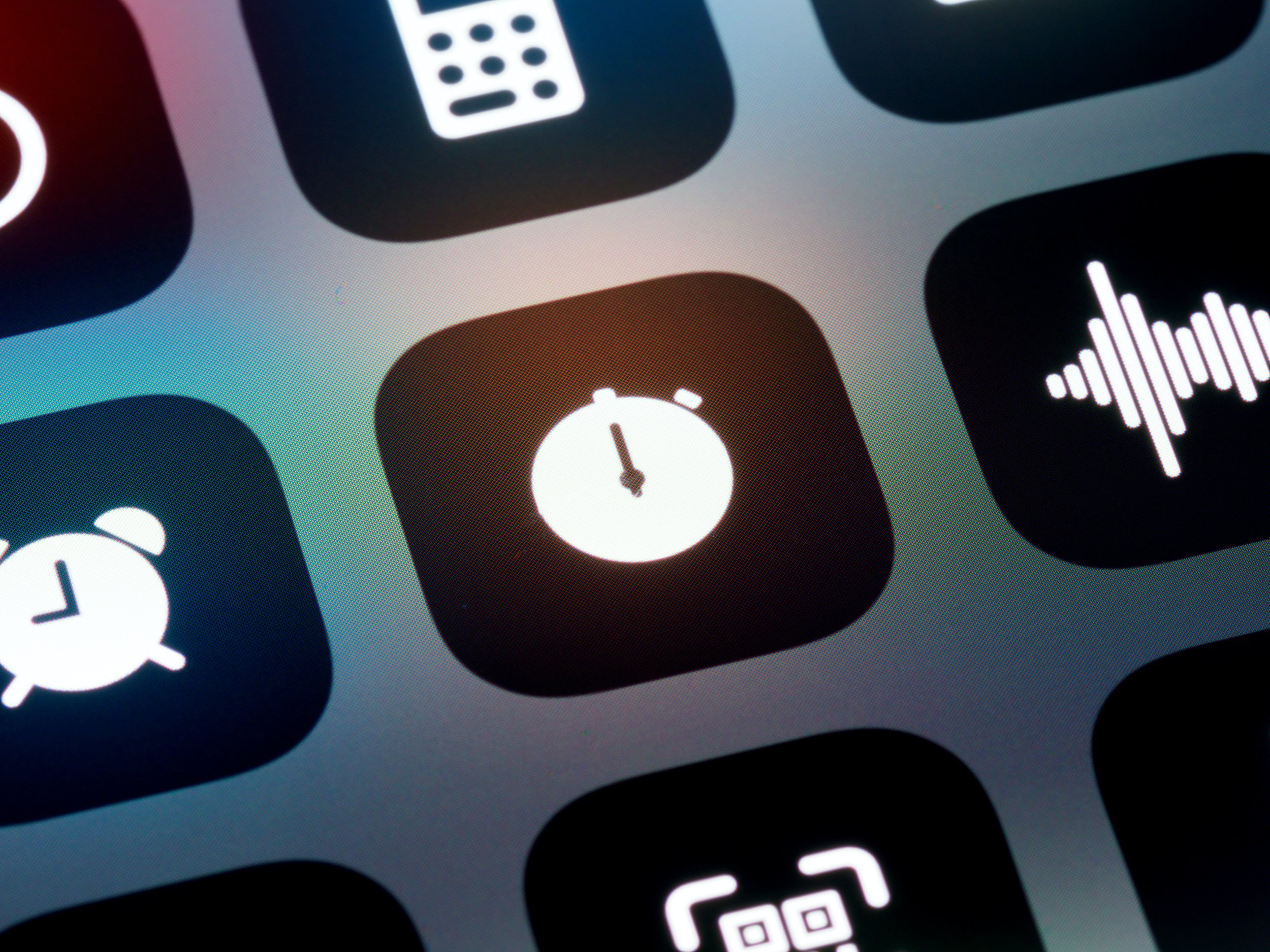
Process
-
Method that explores data from existing documents and previous research aelaschool
-
Defining the UX research problem
Hypothesis
Objectives
Questions
Identifying the user groups
User grid
Participant screener
-
Structuring the interview
Gaining Informed Consent from participants
Conducting the interviews
-
Transcribing research sessions
Creating a synthesis wall, to get the research out (Kolko, p.84)Create an affinity map and value proposition canvas
Writing a report
The Research
Below is shown an extract from the report because the original document is long for this medium.
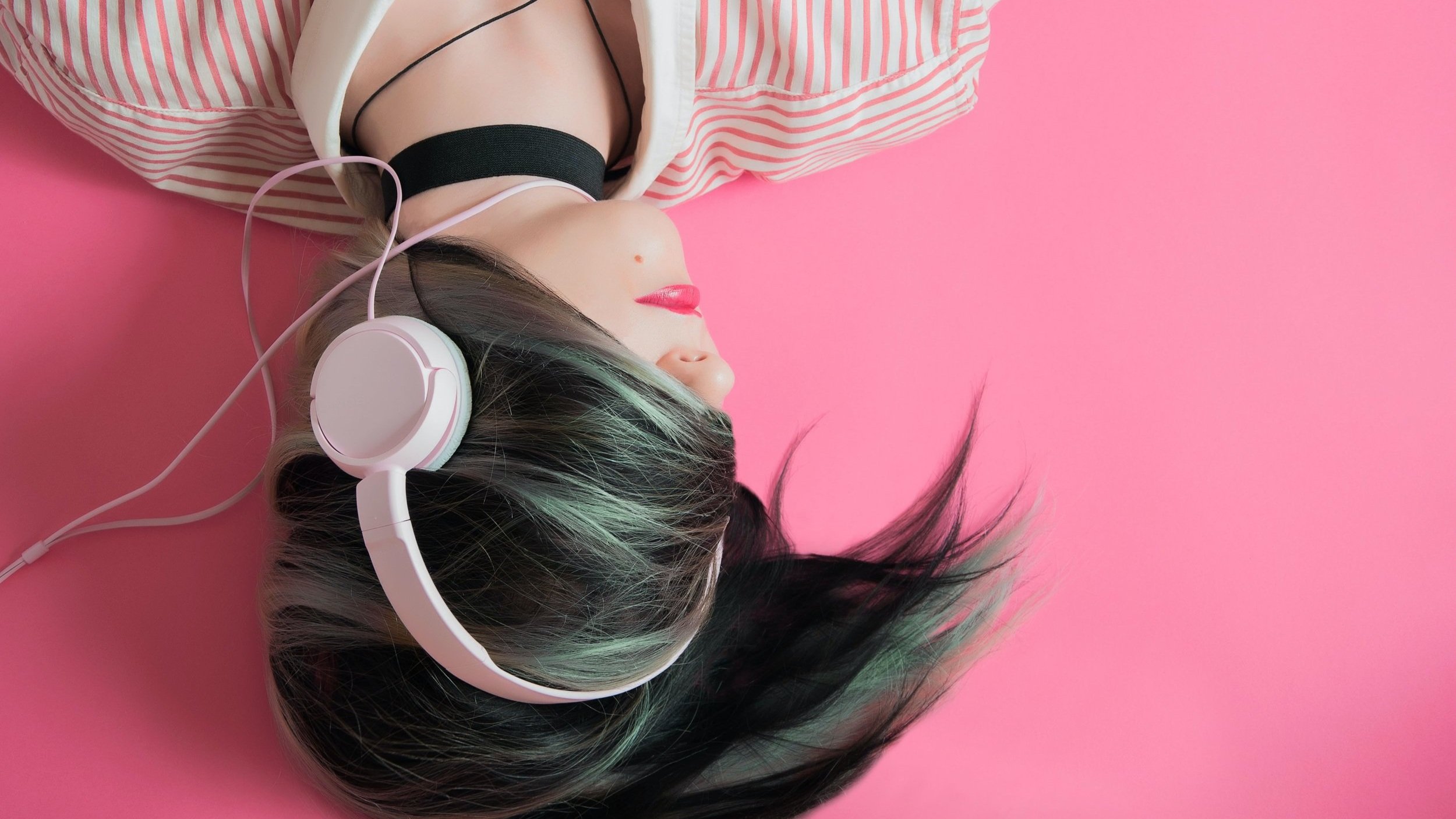
What kind of activities and motivations do people have to achieve work-life balance and what role does technology play in this?
Research question

The methodology used was qualitative, through interviews. This gave scope to explore: motivations, expectations and user behaviour.
Methodology

Millennials were chosen as the primary users for interviews because they were the generation with the greatest affinity for technology and easy access at that time.
Participants
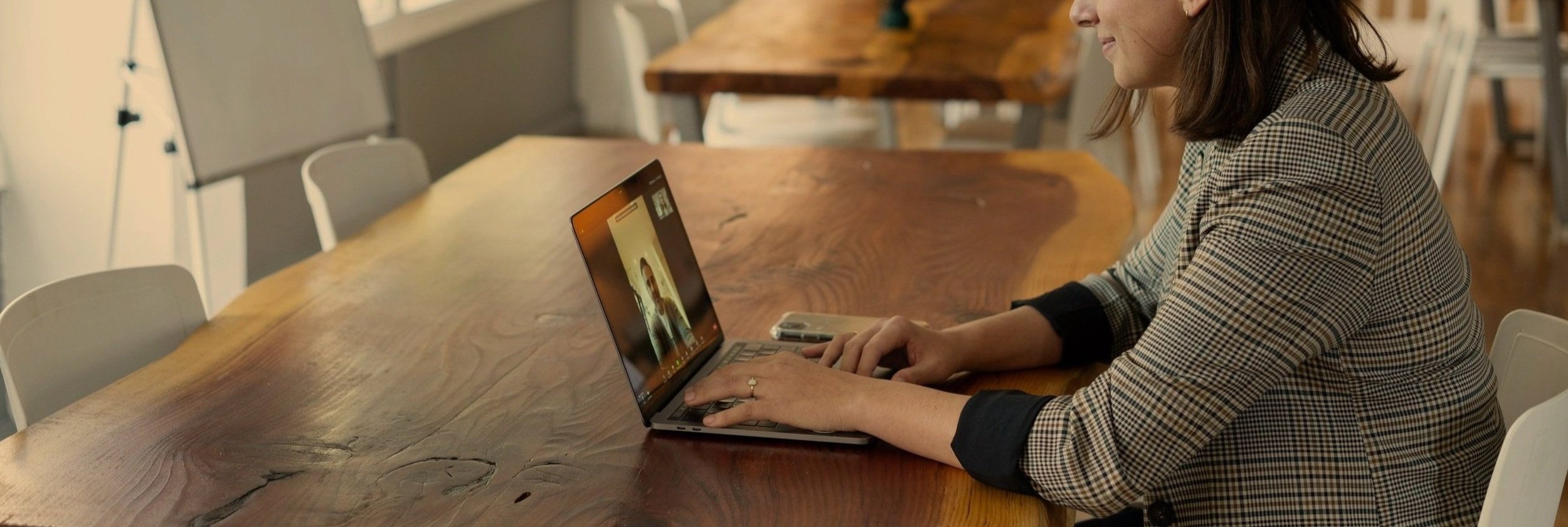
Due to the pandemic caused by COVID-19 user interviews were conducted by video call
They have been quickly adapting personal activities to the new context and circumstances
They found new ways of networking, new means, applications, motivations, and objectives
Interviews
This is what was found
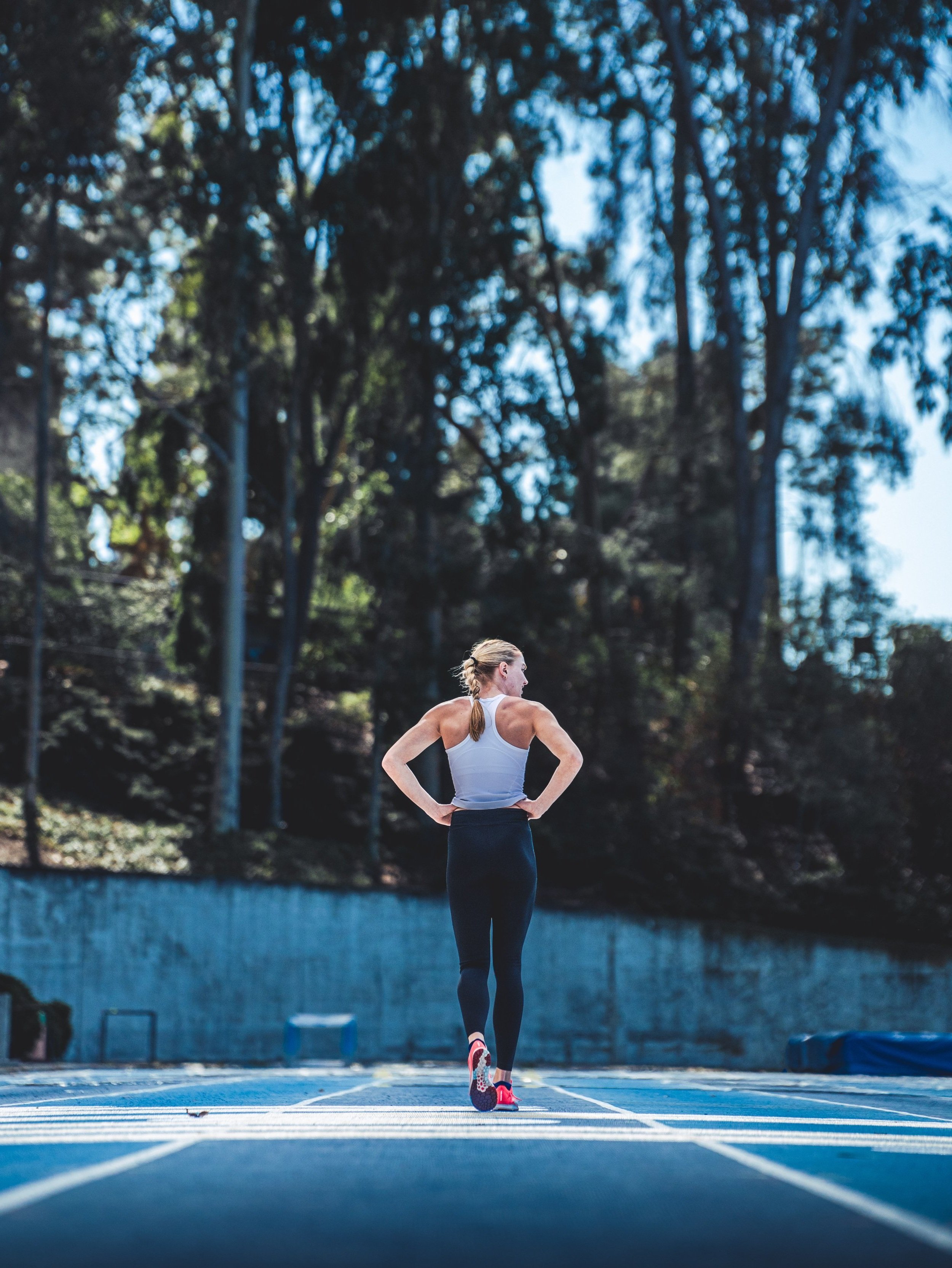
Activities carried out by participants in addition to their main occupation
Sports
recreation
entertainment
training
relaxation
Apps and activities
The following table shows patterns of behavior and activities carried out by interviewees. It also shows the motivations and objectives revealed behind the activity. The social component works as a trigger or as a motivation
for the activity.
Activity
Jogging
Walking
Riding a bike
Meditation
Session DJ
Workout
App used
Podcast
Runtracker
Podcast
Podcast
Instagram
Twitter
Adidas app
Motivation
Learning / sharing knowledge with friends
Learning / sharing knowledge with friends
Learning / sharing knowledge with friends
Organized by favorite singer
Sense of belonging
Organized by favorite singer
Sense of belonging
Recommended and used by friends
Objective
Achieve specific kilometers
Learn something new / make the most of your time
Learn something new / make the most of your time
Participate in the activity organized
by favorite artist.
Participate in the activity organized
by favorite artist.
Learn something new / make the most of your time
Staying fit while in confinement

Recommendations
List of recommendations for the product concept phase.
1. We are social
The product to be designed must create or integrate the social factor.
2. Data protection
The product must address user concerns about data protection.
3. Two in one
Allowing two activities to be carried out at the same time or to accompany the first main activity.
4. Learning
Possibility of providing a form of learning and the possibility to share it.
5. Coach
Helping to meet goals
6. Personality
In the case of voice output, the message and tone of the broadcast must be handled with care.
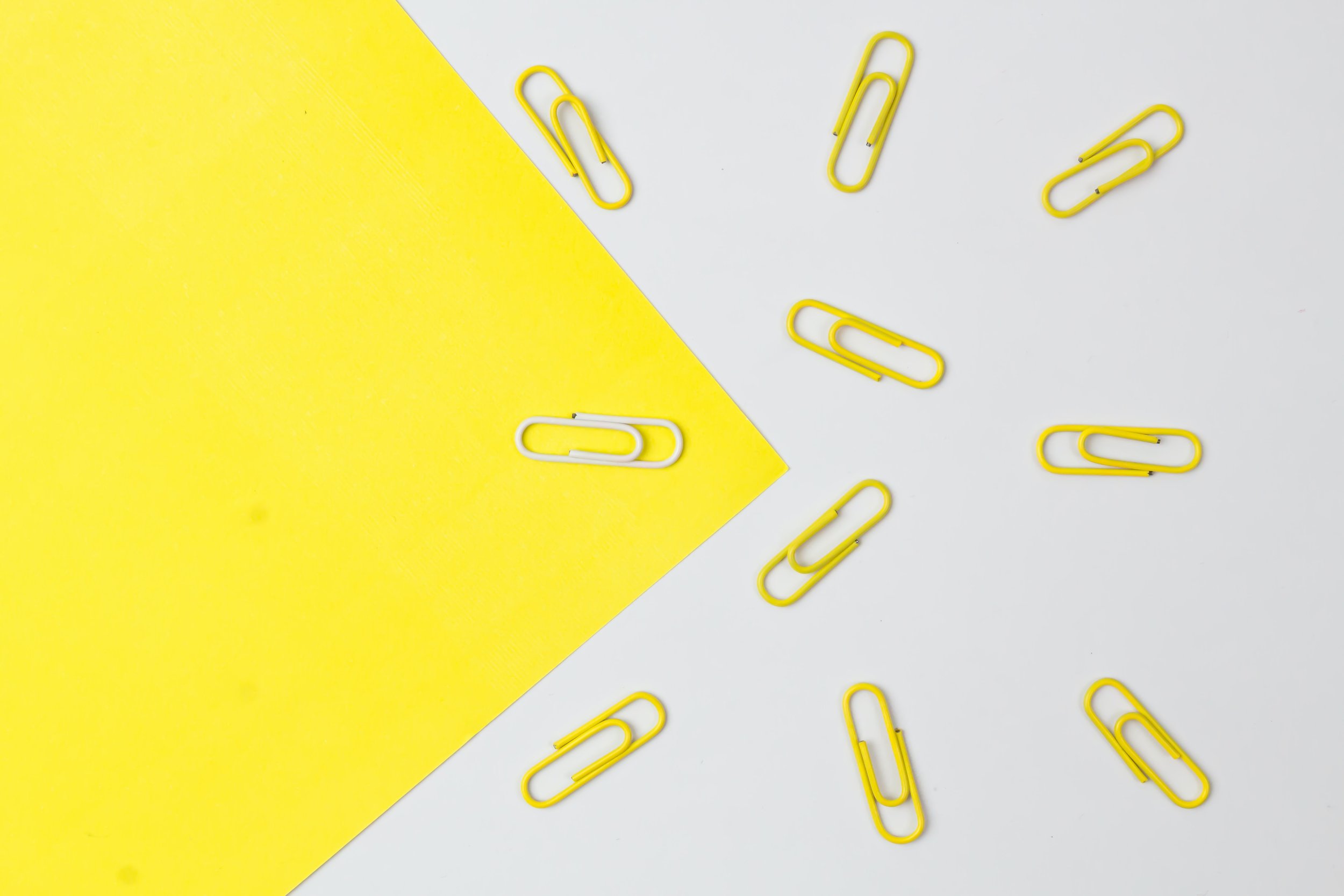
Problem statement
People who want to develop physically and intellectually need an easy, fun, and motivating experience, because they are interested in learning new things, and having interesting topics to share with their group of friends. It is essential to share experiences and achievements with friends; to have a sense of belonging to a group. Projection to others is important, that's why they do physical activities that give them self-confidence. They do not like to have the feeling like wasting time, that is why they do two activities in parallel.
This was made after the affinity map, persona, and as a result of the value proposition canvas.
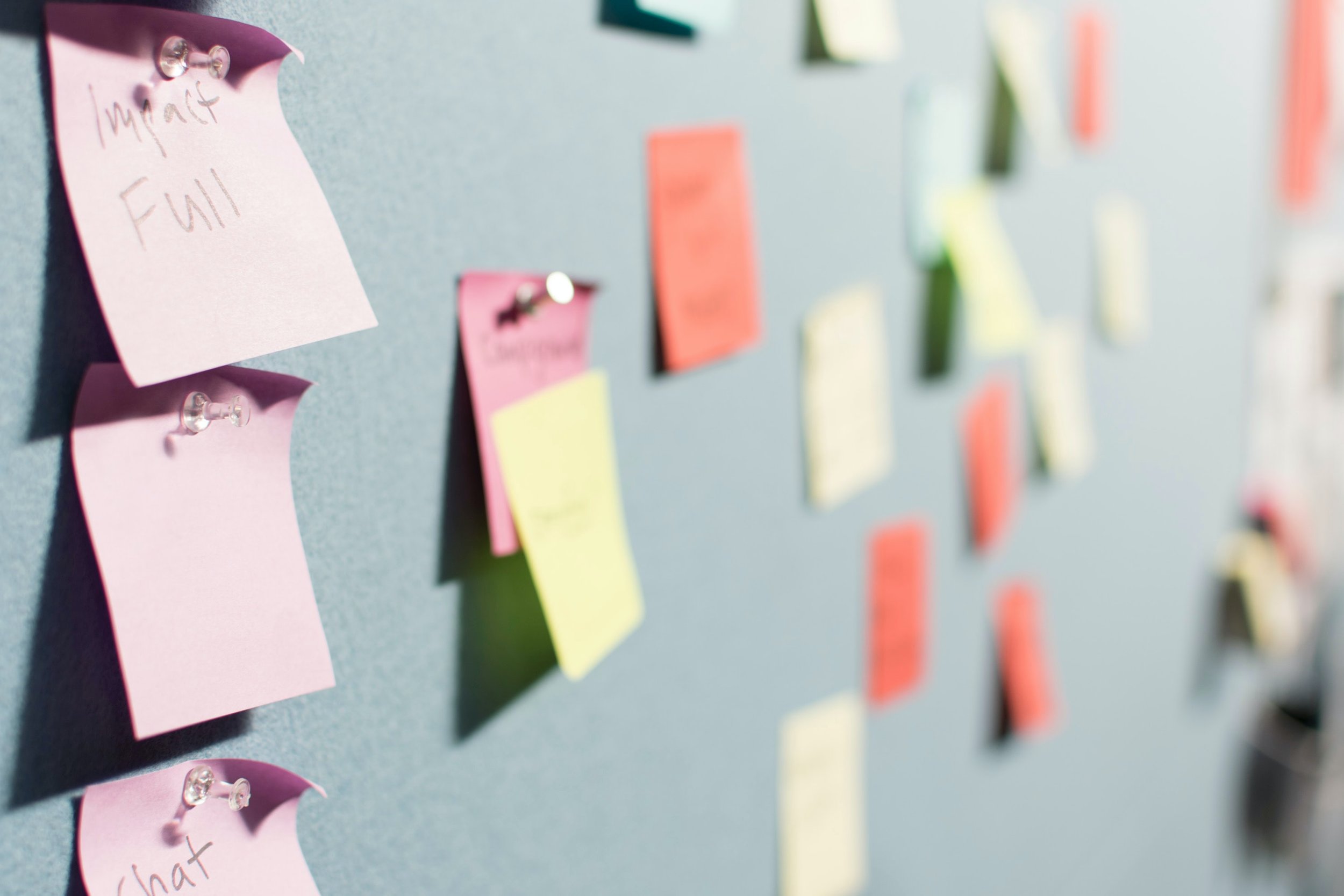
Conclusion & learnings
Research is a starting point to create a product or improve existing ones based on research. It is no longer based on assumptions, it is based on reliable elements.
The importance of research lies in the extraction of the elements that move people to perform an activity, to use a particular technology, and preferences in using a specific product. Information that can be used for different products and in different contexts.
Another important aspect is that it opens the way to other more specific lines of research.
Learnings
Doing UX research requires different modes
Scientific
The scientific mode requires being open to change. Accept that you have wrong assumptions and it is possible to change your mind, especially based on research results.
Detective
It requires curiosity, asking questions, identifying patterns, and seeing everything as a system.
Marketer
Marketer mode turns insights into gold. Requires reframing information to make it attractive to stakeholders.
Doing UX Research feels like buying furniture taking into account the dimensions of your space, taste, colors, and style... otherwise, you can have a very bad experience, and spend a lot of money and time.